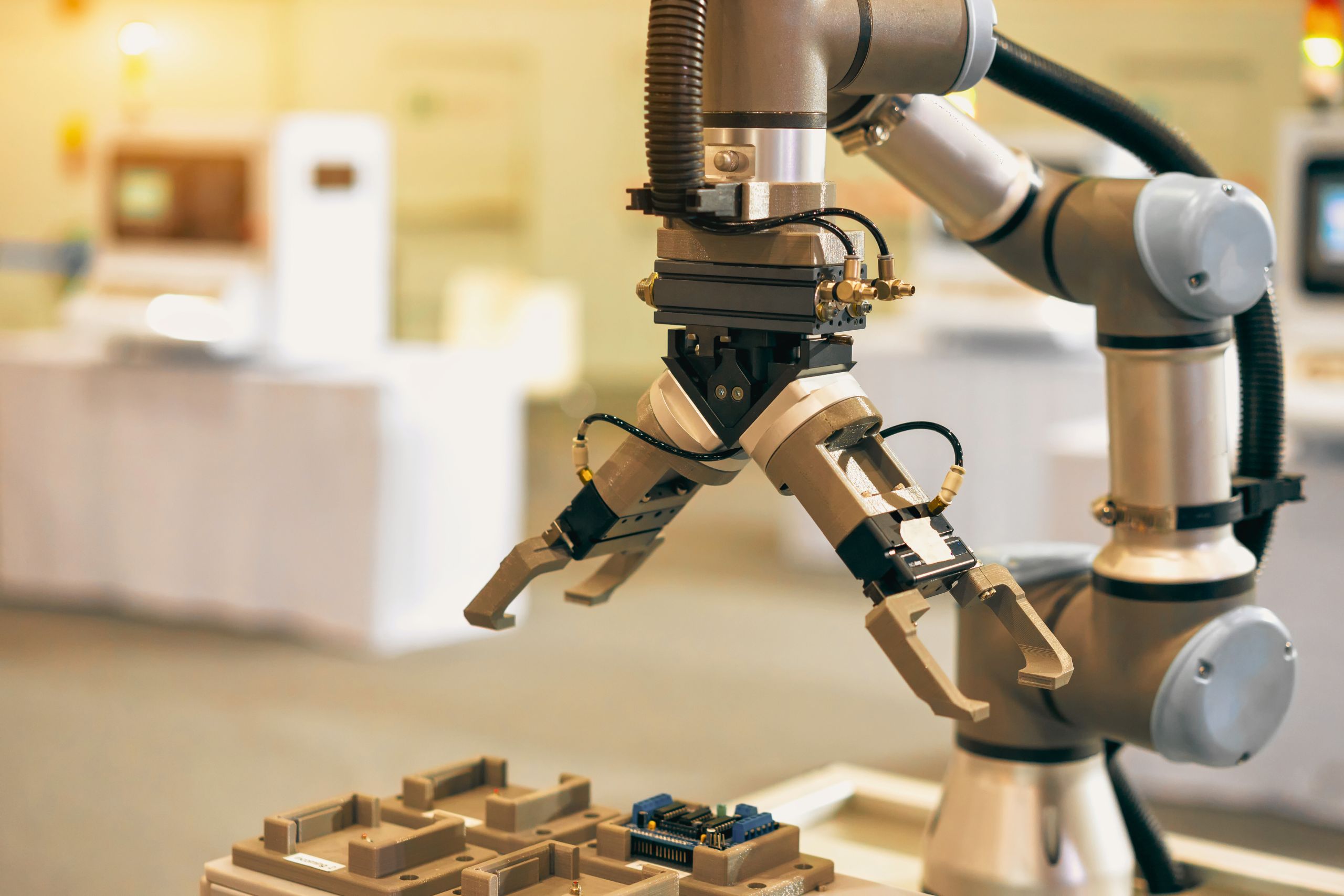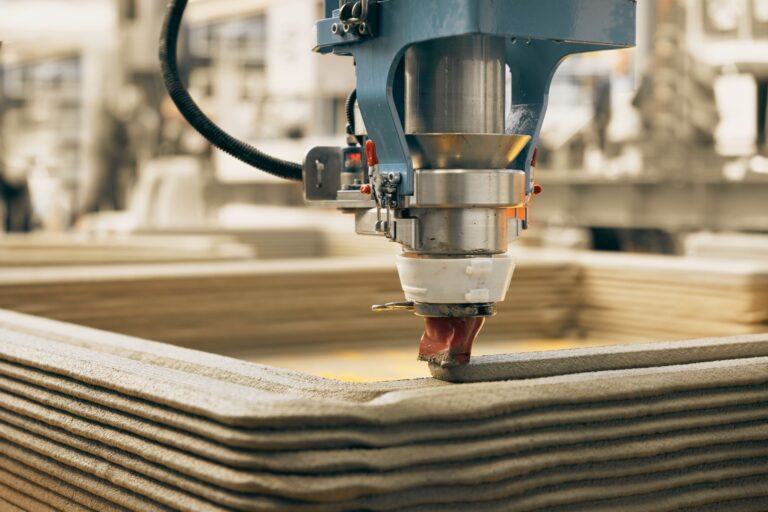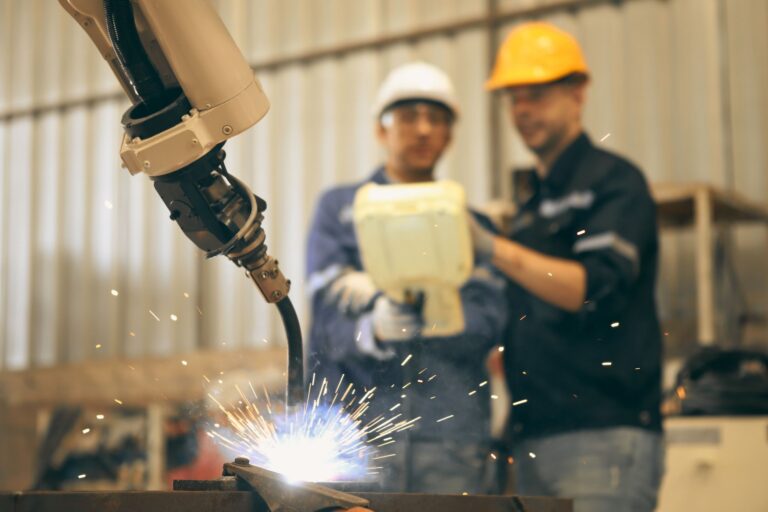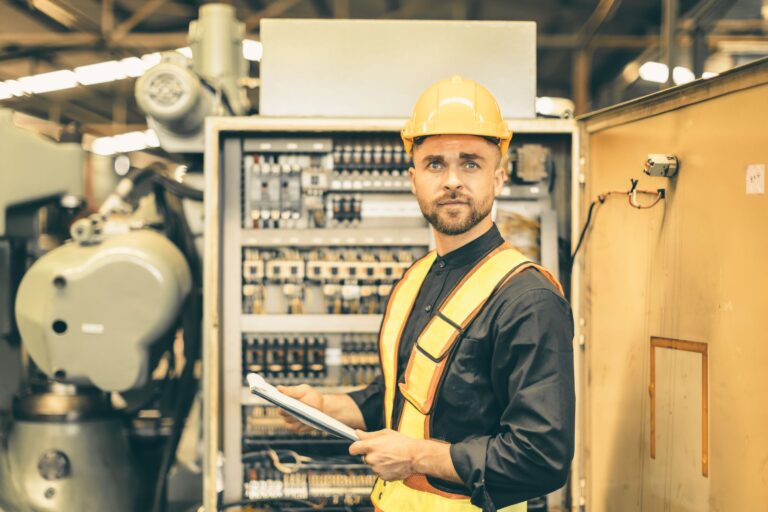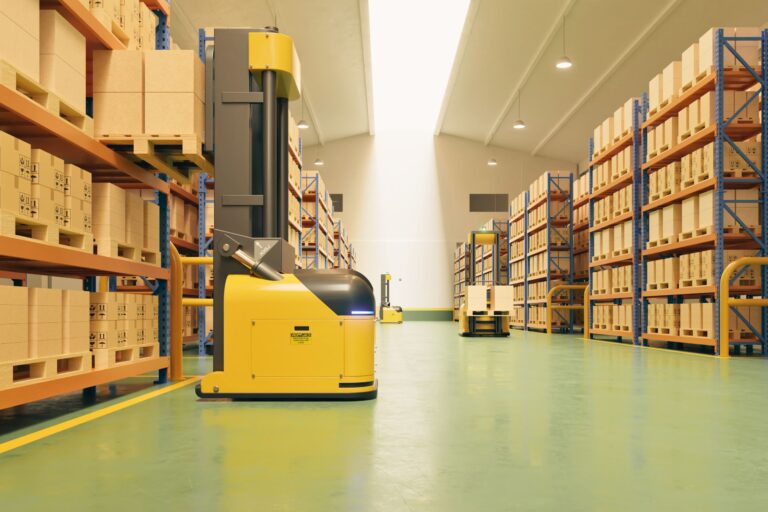Interactive robots in manufacturing: How does the human factor affect automation?
As industrial automation advances, robots are increasingly working alongside humans, rather than in isolated production areas. Interactive robots combine artificial intelligence, sensors, and machine vision technologies to interact with operators in real time. This symbiosis between humans and machines increases the efficiency, safety, and flexibility of manufacturing processes.
What are interactive robots?
Interactive robots, also known as cooperative robots (cobots), are designed to work directly with humans, without the need for protective barriers. They are equipped with sensors to detect human presence, adaptive algorithms and intuitive interfaces that facilitate collaborative work. Human factors play a key role in their control, setup and supervision.
Advantages of interactive robots in manufacturing
- Increased safety – Cobots have sensors and technologies to automatically stop when human presence is detected, reducing the risk of occupational accidents.
- Flexibility and easy learning – They can be programmed through demonstration, which facilitates their implementation in various production processes.
- Optimizing performance – By combining human dexterity with robotic precision, higher work speeds and better production quality are achieved.
- Reducing physical exertion – Interactive robots perform repetitive or heavy tasks, which reduces the risk of occupational illnesses and injuries to workers.
- More efficient use of the workforce – Frees operators from routine tasks, allowing them to focus on more complex and strategic activities.
How does the human factor affect automation?
Despite advances in technology, human involvement remains essential for the effective operation of interactive robots. The main ways in which humans contribute to automation include:
- Programming and setup – Operators train the robots by manually guiding them or using specialized software.
- Monitoring and adaptation – Workers monitor the robots’ performance and make adjustments in real time.
- Maintenance and optimization – Human experience is key to improving performance and identifying opportunities for improvement.
- Collaboration in complex processes – In many industries, such as electronics and medical manufacturing, humans and robots work together on detailed tasks that require fine control.
Applications of interactive robots in industry
- Assembly and installation – Interactive robots assist operators in assembling components, ensuring accuracy and consistency.
- Packaging and labeling – By working with humans, these robots speed up logistics and distribution processes.
- Quality control – Cobots use computer vision to inspect parts and detect defects in production.
- Welding and processing – Interactive robots can perform welding and mechanical operations, working side by side with operators.
- Logistics and internal transport – In warehouses and logistics centers, interactive robots help move goods and materials.
The future of interactive robotics
As technology advances and the capabilities of artificial intelligence expand, interactive robots are expected to become increasingly intuitive and adaptive. Key trends include:
- Advanced sensors and haptic feedback – Robots will be better able to sense and respond to interactions with humans.
- More intuitive control – Voice commands and gesture control will make communication with cobots easier and more natural.
- Deep integration with AI and machine learning – Robots will be able to self-learn and optimize processes through data analysis.
- Collaborative work in complex environments – Cobots will be deployed in even more dynamic industries such as medicine, construction, and manual manufacturing.
How does Bullitt Engineering apply these technologies?
At Bullitt Engineering JSC, we analyze and implement the latest solutions in the field of interactive robotics. By adapting innovative technologies and collaborating with leading developers of robotic systems, we support businesses in the transition to more efficient and safe automation.
Conclusion
Interactive robots are the next step in industrial automation, where humans and technology work in harmony. They not only improve productivity, but also create a safe and flexible work environment. With the advent of increasingly intelligent systems, the future of automation will be defined by the effective interaction between humans and machines.

